Cheese
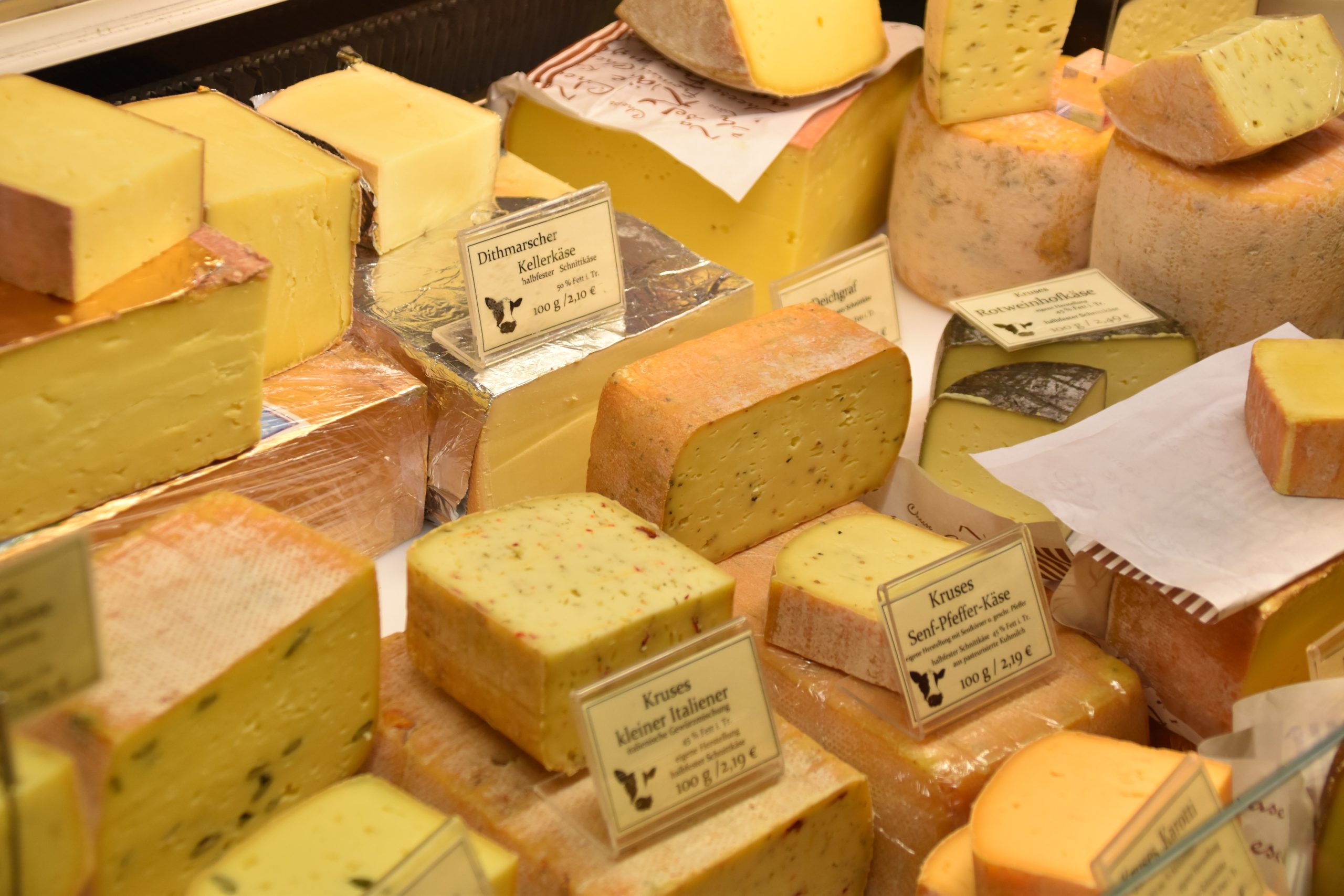
An ancient foodstuff, cheese appeared in many prehistoric cultures across Europe, Central Asia and the Middle East. Milk from domesticated sheep was traditionally stored in containers made from animal organs. It’s thought that this milk reacted with rennet, an enzyme mix present in animal stomachs, to form curd and whey – leading to the accidental invention of cheese.
The Slinky
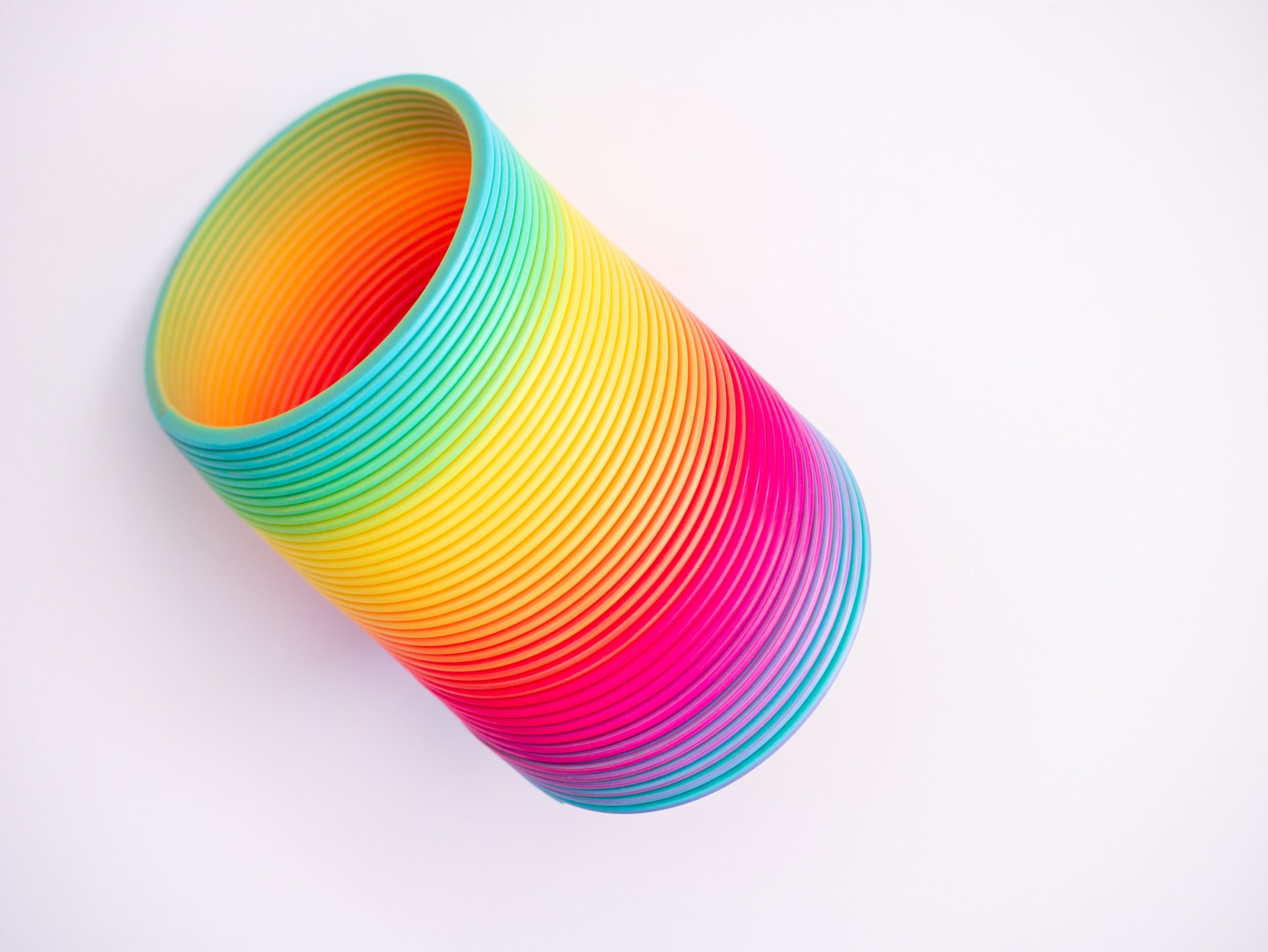
This classic toy is made from a helical spring, which can “walk” downstairs of its own accord. It was invented by the naval engineer Richard T James in the 1940s, after he accidentally knocked a spring off a shelf and noticed its strange looping motion till it reached an upright standstill. After tinkering with various materials, James realised that his new spring oddity was a hit with local children in his neighbourhood.
Post-it notes

Post-it notes arose from an experiment to create something totally opposite to the final product. In 1968, a 3M employee named Spencer Silver was trying to make a very powerful glue, when he accidentally came up with a very weak one – which was reusable and required just a little pressure to stick to other surfaces. He found a new use for this by making bookmarks, before turning the glue into the world-famous Post-it note.
Play-Doh
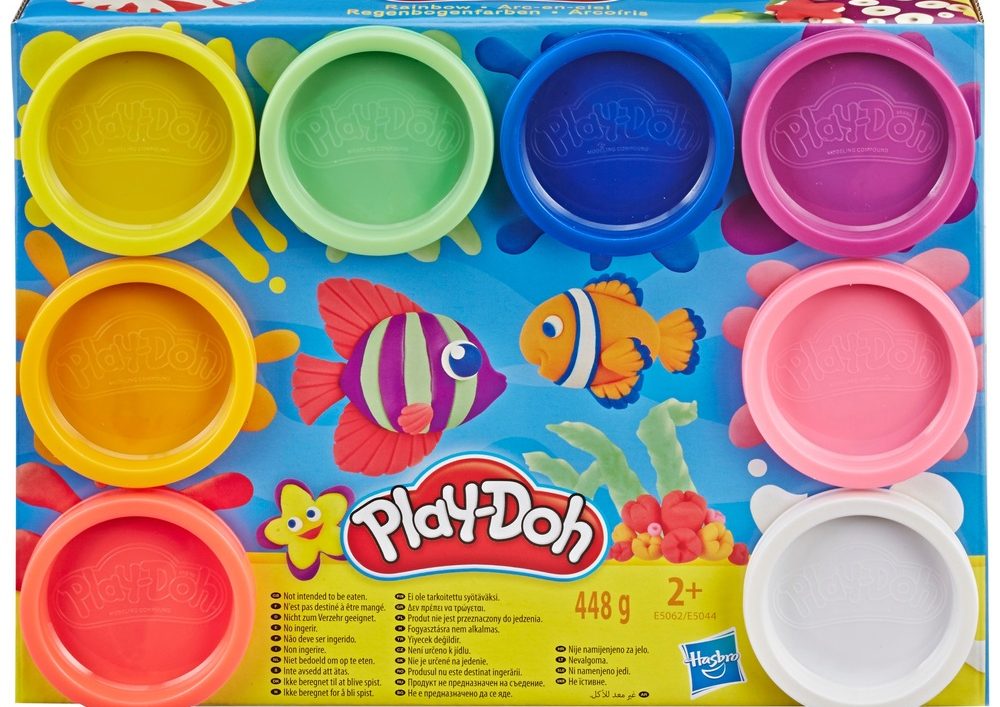
Play-Doh is a chemical compound that has brought joy to generations of small children, as its bright dough can be moulded into all kinds of colourful creations. But Play-Doh actually began life as a product designed to remove coal residue from wallpaper, made by the soap company Kutol Products.
Velcro
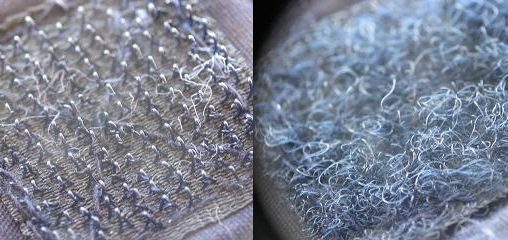
Velcro is the brand name of the first ever hook-and-loop fastener, a perfect tool for clothing, furniture and the unusual sport of velcro-jumping. It was created by the Swiss engineer George de Mestral, who only came up with it after he was concerned about his pet dog. He was bothered by the little seeds that kept clinging to his dog’s coat after walks, and after examining their mechanism closely, he had the idea for his own mini-hook material.
Popsicle

Frank Epperson was an 11-year-old boy living in San Francisco, California in the early 1900s when he accidentally invented what would be a global food hit. One evening, he forgot to bring his glass of lemonade soda and mixing stick into the house, and it remained out during the cold night. In the morning, he found that it had frozen into a tasty treat with an embedded handle. As an adult, Epperson branded his invention ‘the Popsicle’.
Superglue
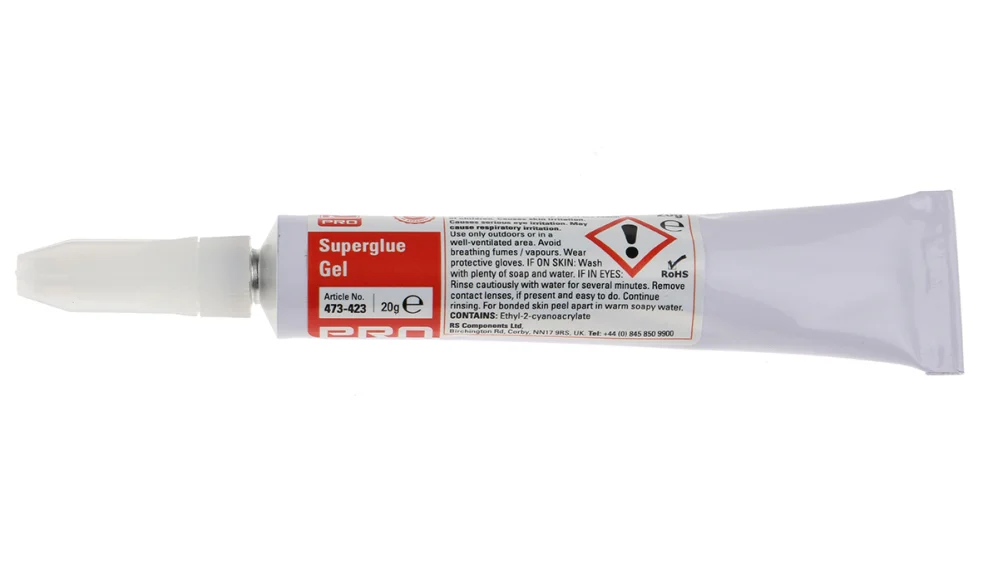
Like many of the chemical products on this list, the invention of superglue came about during a very different experiment. In the 1940s, a team of American scientists were trying to create a better material for making plastic gun sights, which would help in the World War Two effort. However, they instead ended up making one of the stickiest substances known to man: superglue. It had no wartime use but the team instead marketed it into a commercial DIY and craft product.
Cornflakes
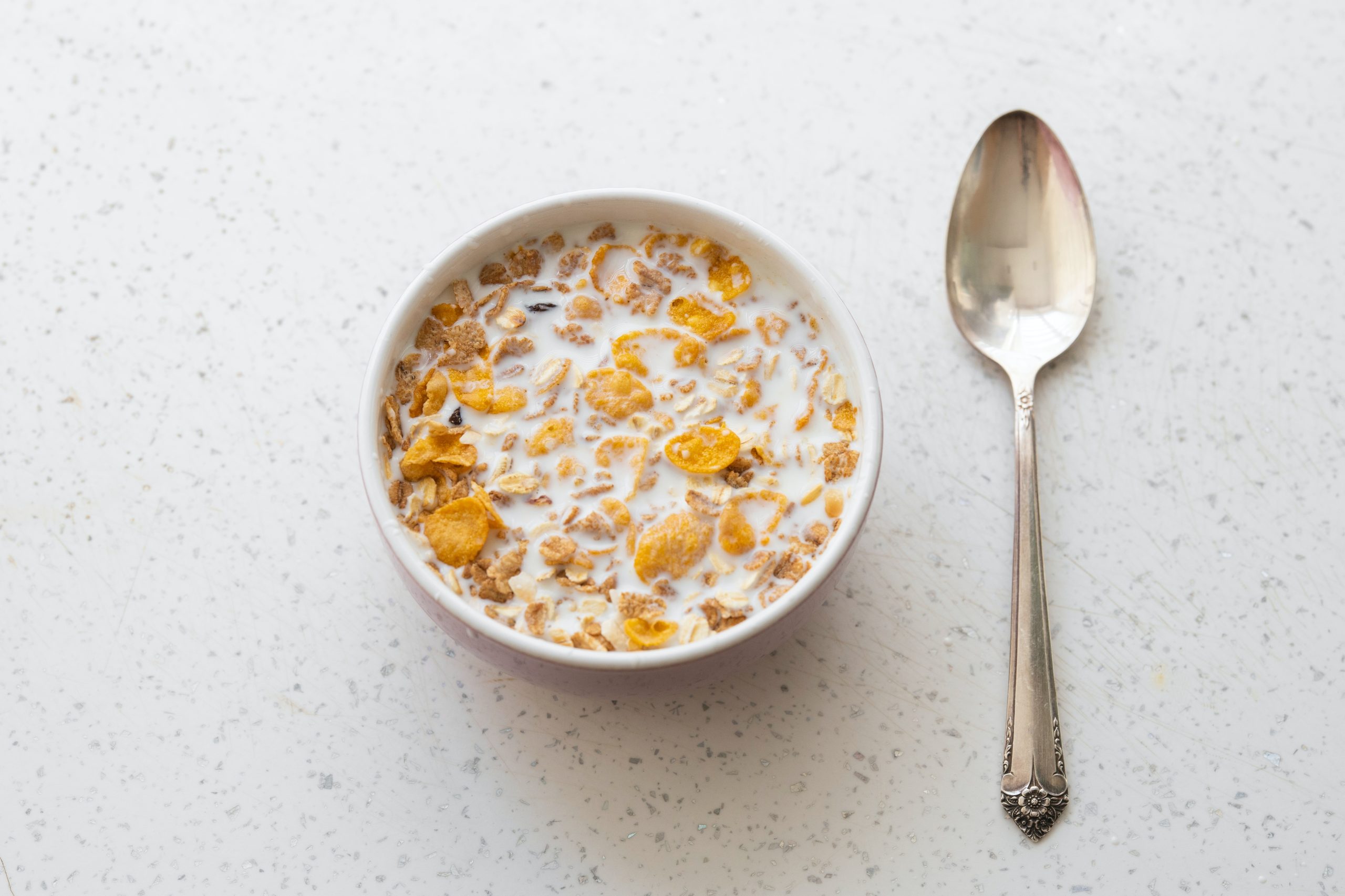
Cornflakes were the brainchild of Will Kellogg, a member of staff at an American health resort. After a day of baking, he accidentally left a batch of wheat-berry dough out in the open. The next day, rather than binning it, Kellogg ran it through a set of rollers and found that it formed flakes. He baked it and served it to the patients, starting one of the best-known breakfast products in the world.
Viagra
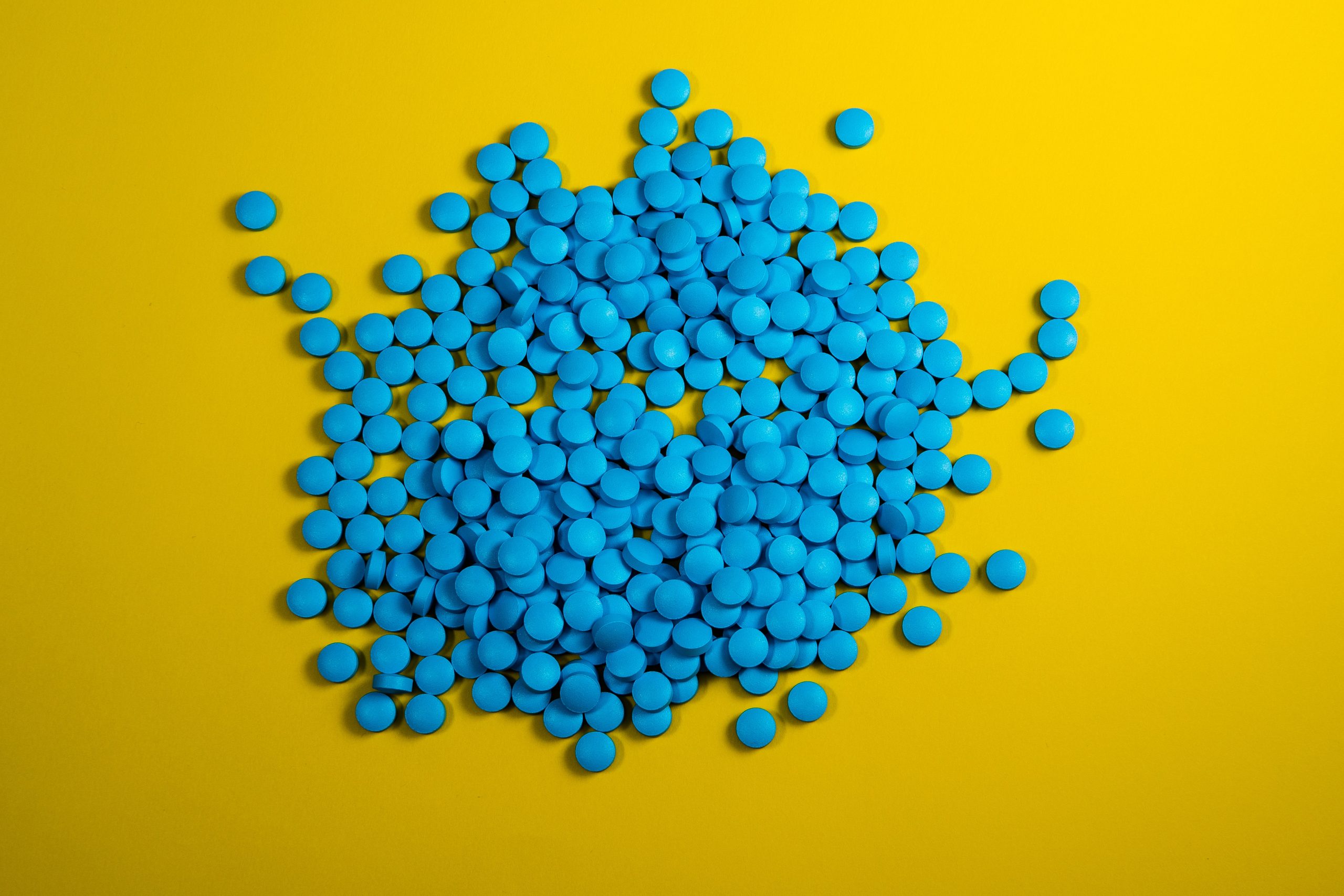
Sildenafil, better known by the brand name ‘Viagra’, was invented by a team of chemists in Sandwich, Kent, UK. They were attempting to make a drug to treat hypertension and heart disease, but in their first clinical trials, they discovered their new medication had little impact on these conditions. Instead, their male trial patients showed a state of arousal. The team then re-marketed the drug as a sexual dysfunction treatment.
Silly Putty
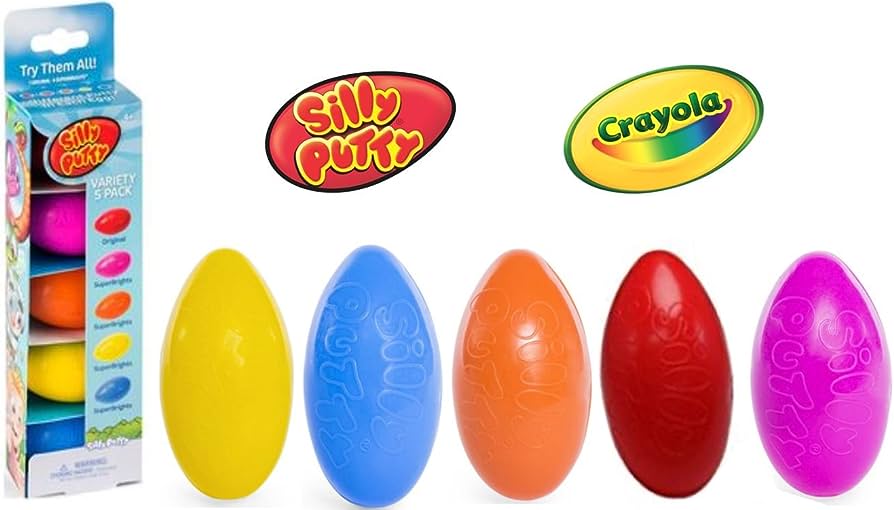
Silly Putty is an example of a non-Newtonian fluid. These materials have strange properties: they can bounce, move like a liquid or shatter depending on how they are handled. It was invented by accident when American researchers were seeking a new rubber substitute during World War Two.
Dynamite
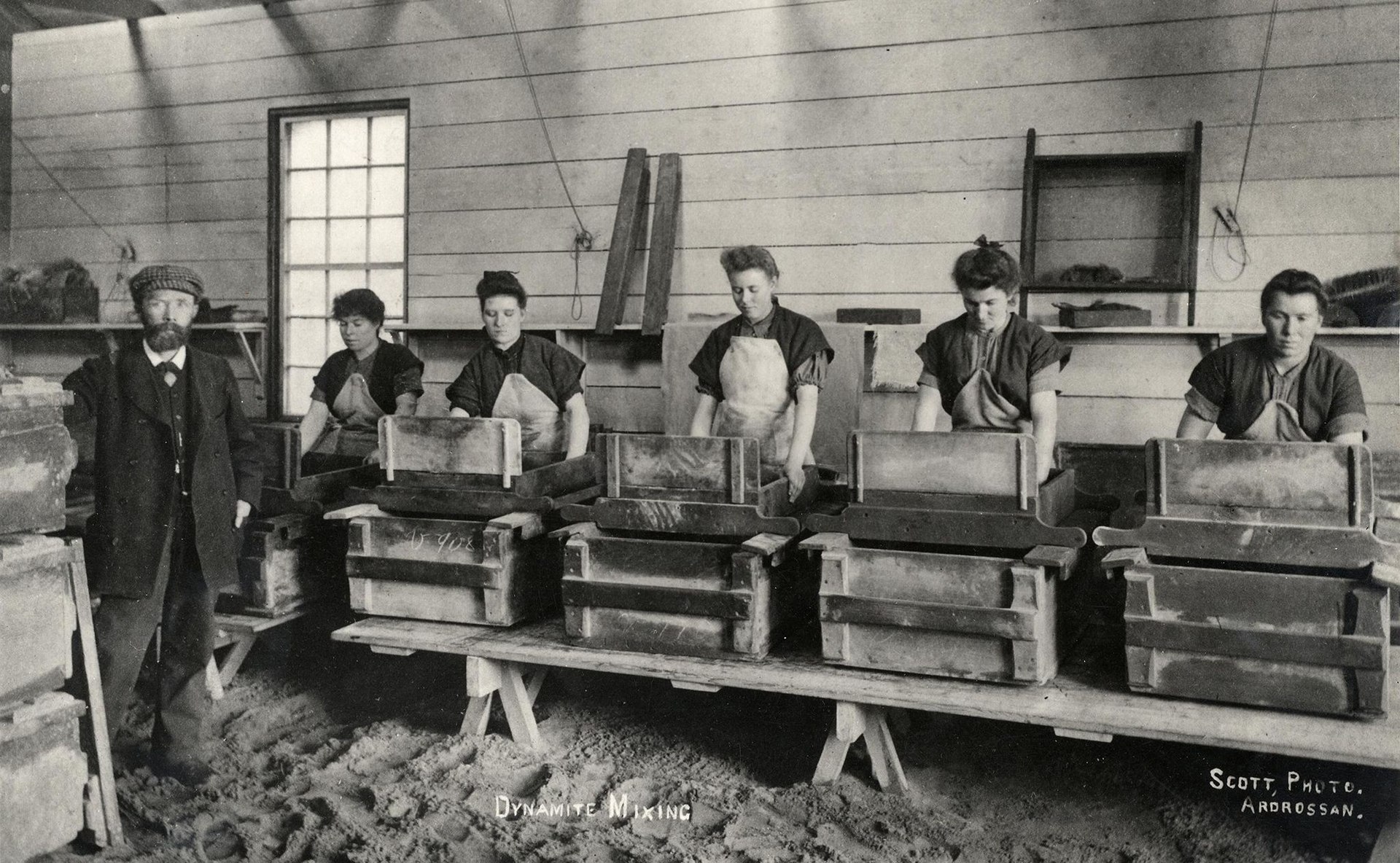
The chemists Theophile-Jules Pelouze and Ascanio Sobrero were carrying out research in the 1840s when they happened to discover nitroglycerine, a highly explosive liquid. They were horrified by their invention and cautioned against anyone ever using it. However, their colleague Alfred Nobel ended up experimenting further with the chemical and inventing dynamite.
Warfarin
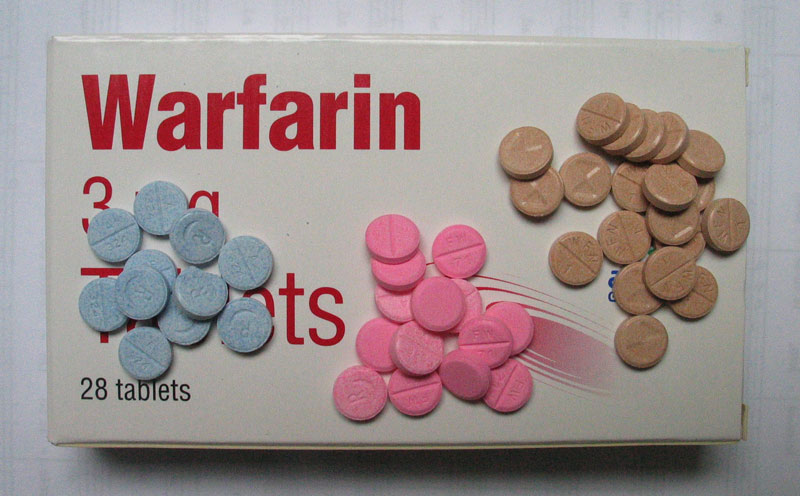
In the 1920s, a vet named Frank Schofield discovered that a certain type of clover was a powerful anticoagulant, able to kill animals by causing haemorrhages. Chemists later sought to make a commercial anticoagulant, and the result, warfarin, was originally used as a rat poison. However, just a few years later, it was found that warfarin could be used as a medication for blood clots.
Matches
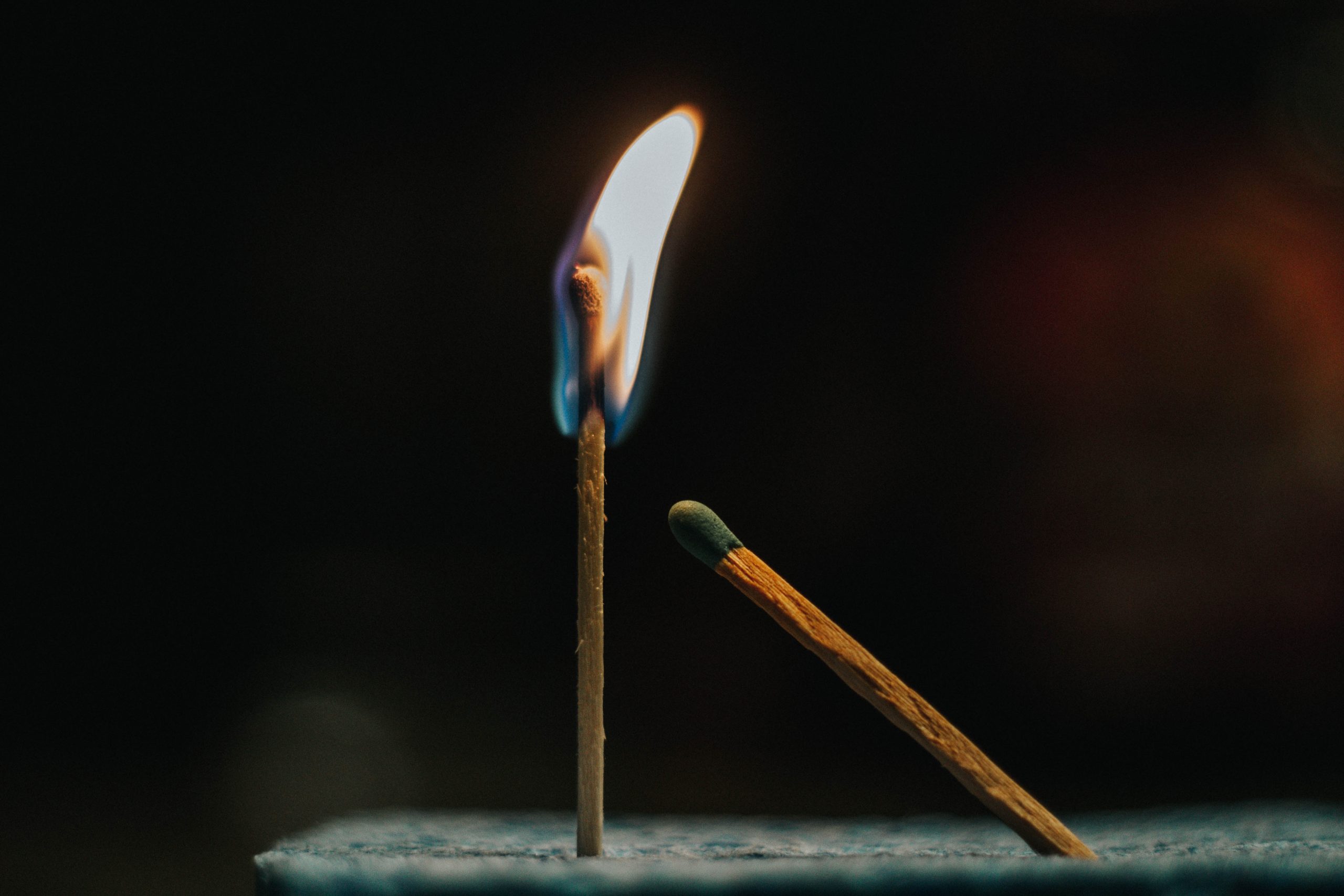
Sulphur matches were first invented in China in 577 AD, but the first friction match was dreamt up by the English chemist John Walker in 1826. He was experimenting one day with explosive chemical materials, and dipping matches in them, when he accidentally dropped one on the hearth. It burst into flames thanks to the combination of the chemical mix and friction.
Coca-Cola
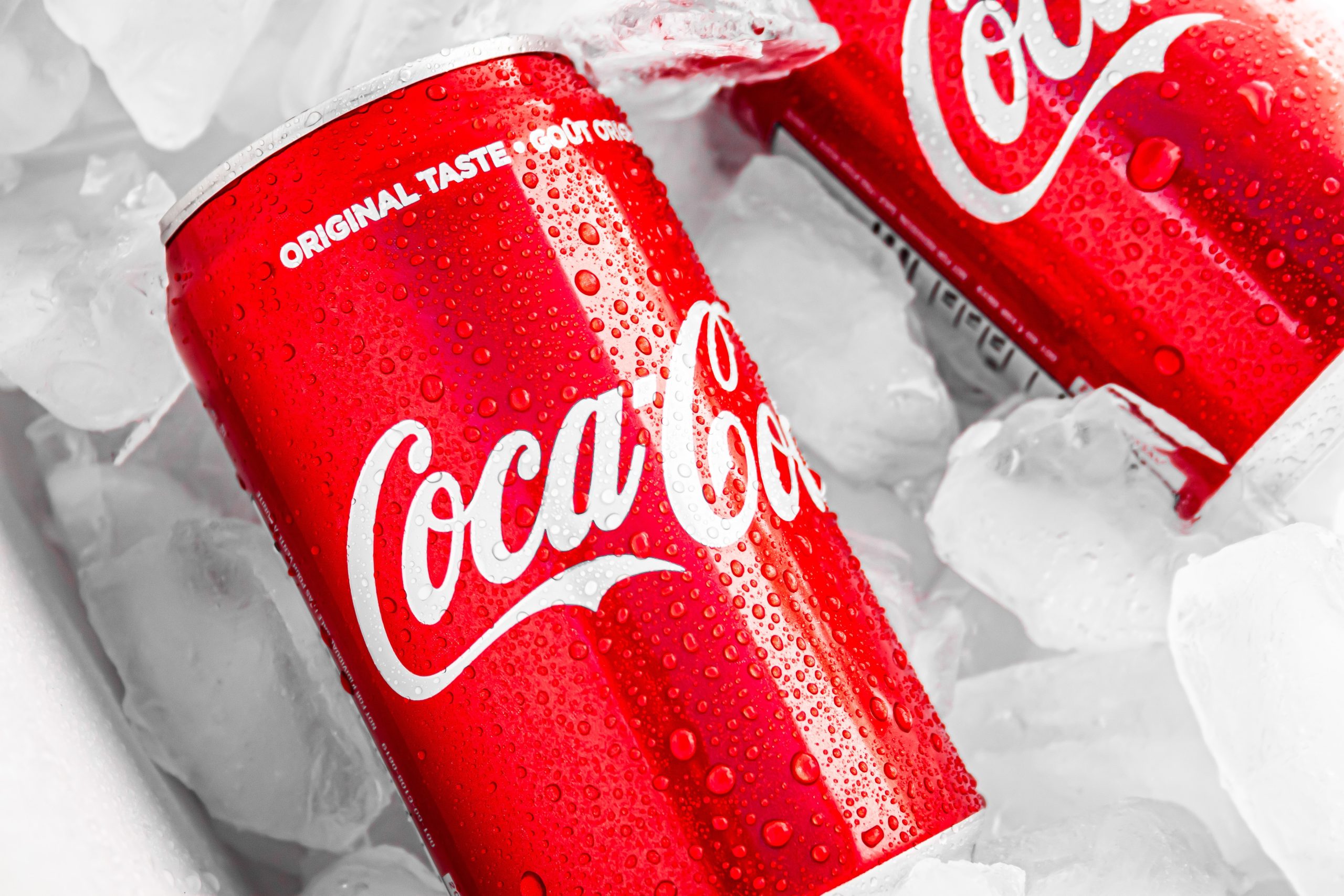
Coca-Cola started out during the Prohibition Era in the USA. John Pemberton, a morphine addict and Civil War veteran, realised that his new nerve tonic – named Pemberton’s French Wine Coca – could be repurposed as a non-alcoholic drink. Dubbed ‘The Temperance Drink’, Coca-Cola was originally sold at pharmacies before it became the world’s most famous soda.
Ice cream cone

Rolled and baked waffles have been used to serve desserts since the 19th century. But the classic ice cream cone arose in 1904, at the St. Louis World’s Fair. When an ice cream vendor realised he was running out of paper cups, a Syrian businessman named Ernest Hamwi stepped in and suggested using curled waffle cookies from a different vendor to serve up his product.
Anaesthesia
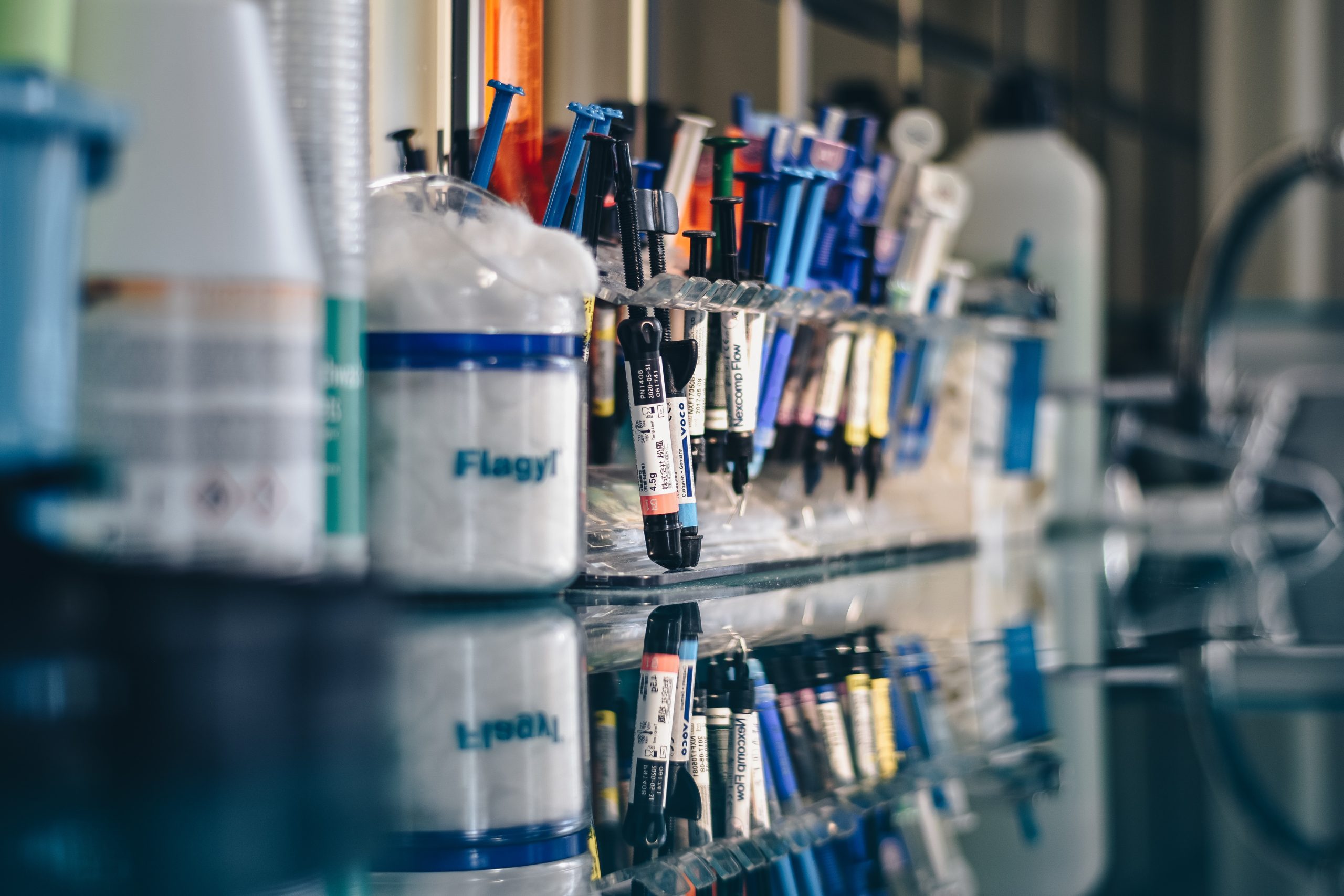
The problem of pain during operations has been on the minds of inventors and medics since time immemorial, but one of the earliest powerful forms of anaesthesia was discovered by accident. In the 1790s, most people believed that the recently-discovered gas nitrous oxide was poisonous. However, the chemist Humphry Davy tested it on himself and discovered that it was a painkiller. He named it ‘laughing gas’, but his discovery went ignored for decades.
Potato chips
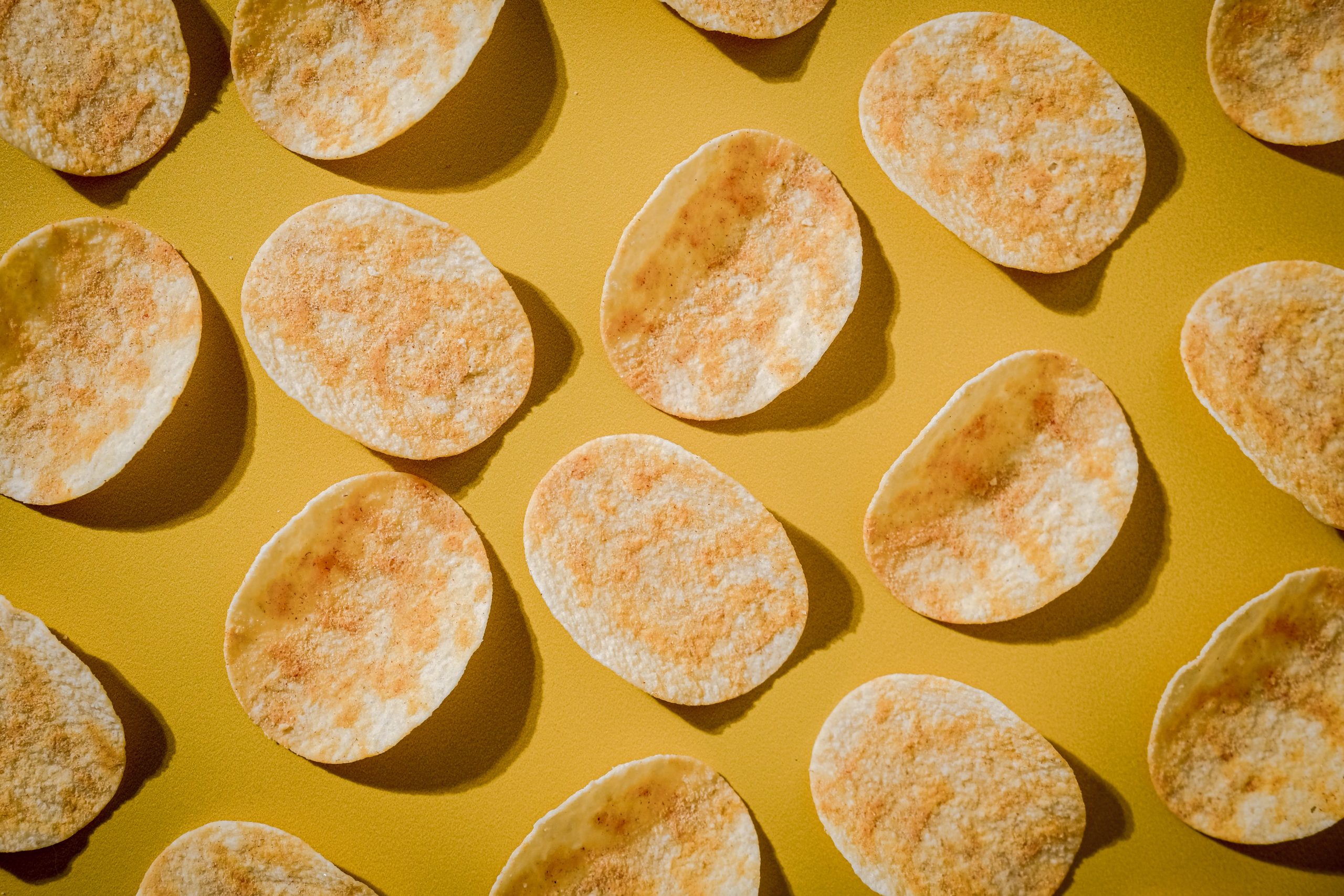
According to legend, potato chips – or crisps – were first invented by the chef George Crum in 19th century Saratoga Springs, New York. A customer at his restaurant kept complaining that his potatoes were too soggy and not salted enough. Annoyed, Crum sliced the potatoes extremely thinly and doused them with salt, accidentally inventing the beloved potato chip.
Laminated safety glass
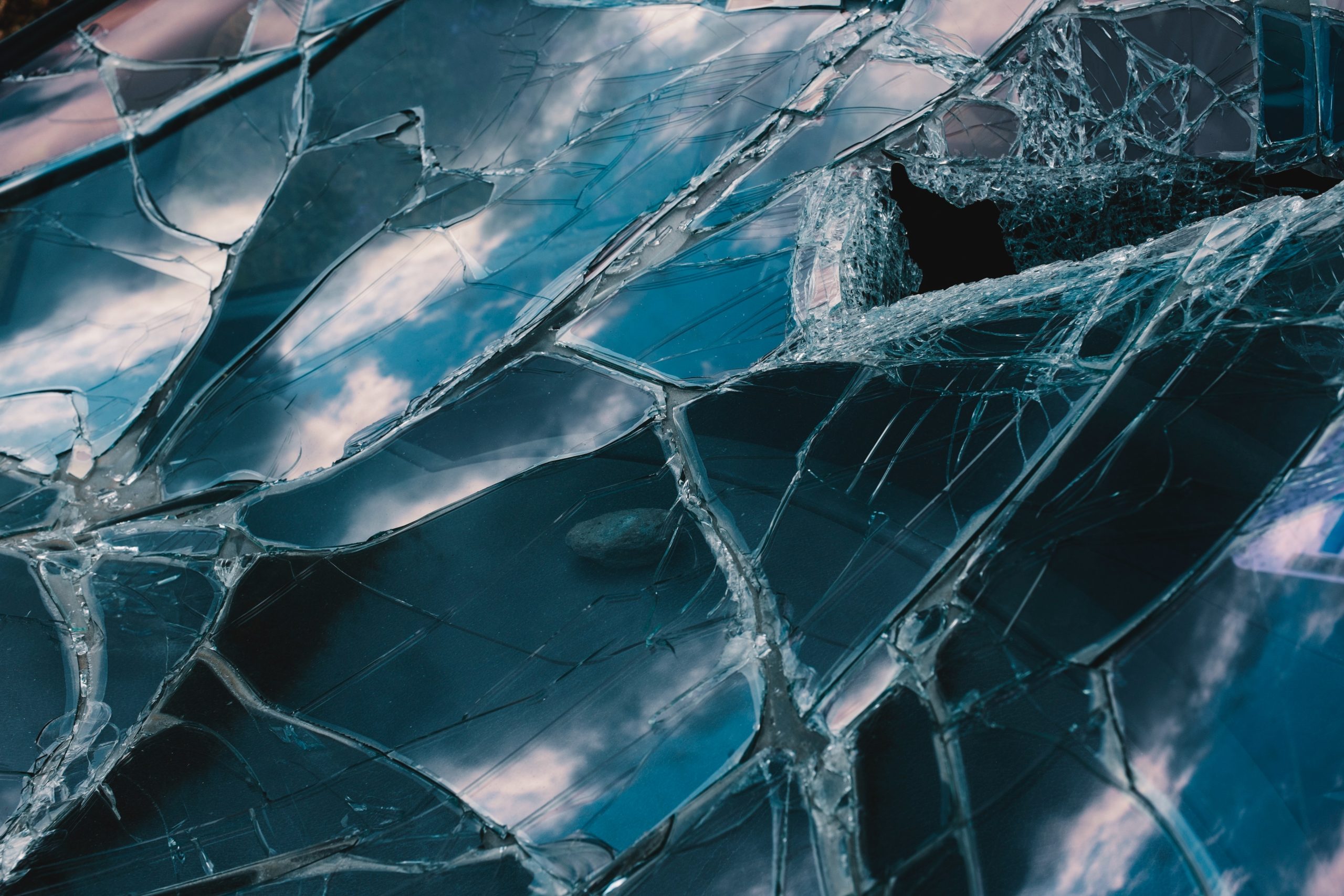
The artist and chemist Edouard Benedictus is credited with the invention of laminated safety glass. In 1903, he was working in his laboratory when he accidentally dropped a glass flask on the ground. The flask contained the plastic cellulose nitrate, and when he cleared up the mess, Benedictus was surprised to find that the shattered glass was still stuck together in one piece.
Vaseline
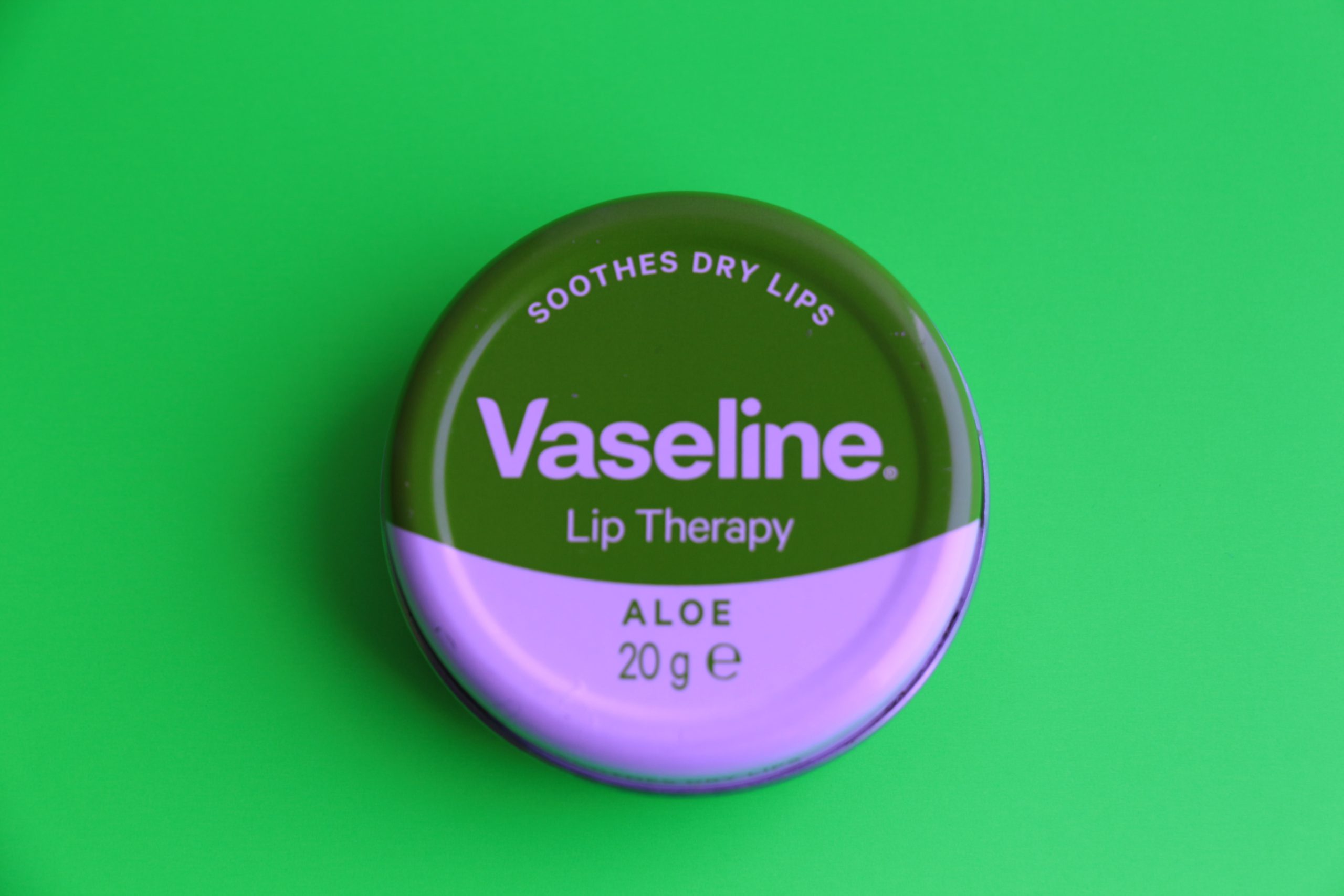
The chemist Robert Chesebrough invented Vaseline in 1859. He was visiting oil fields in Pennsylvania when he learned about a waxy residue that was an annoyance to the oil workers, as it kept collecting on the rig pumps. However, the workers also found that the wax helped to heal cuts and burns. Rather than turning it into a fuel as he planned, Chesebrough turned the wax into Vaseline and sold it as a medicinal product.
Bubble wrap
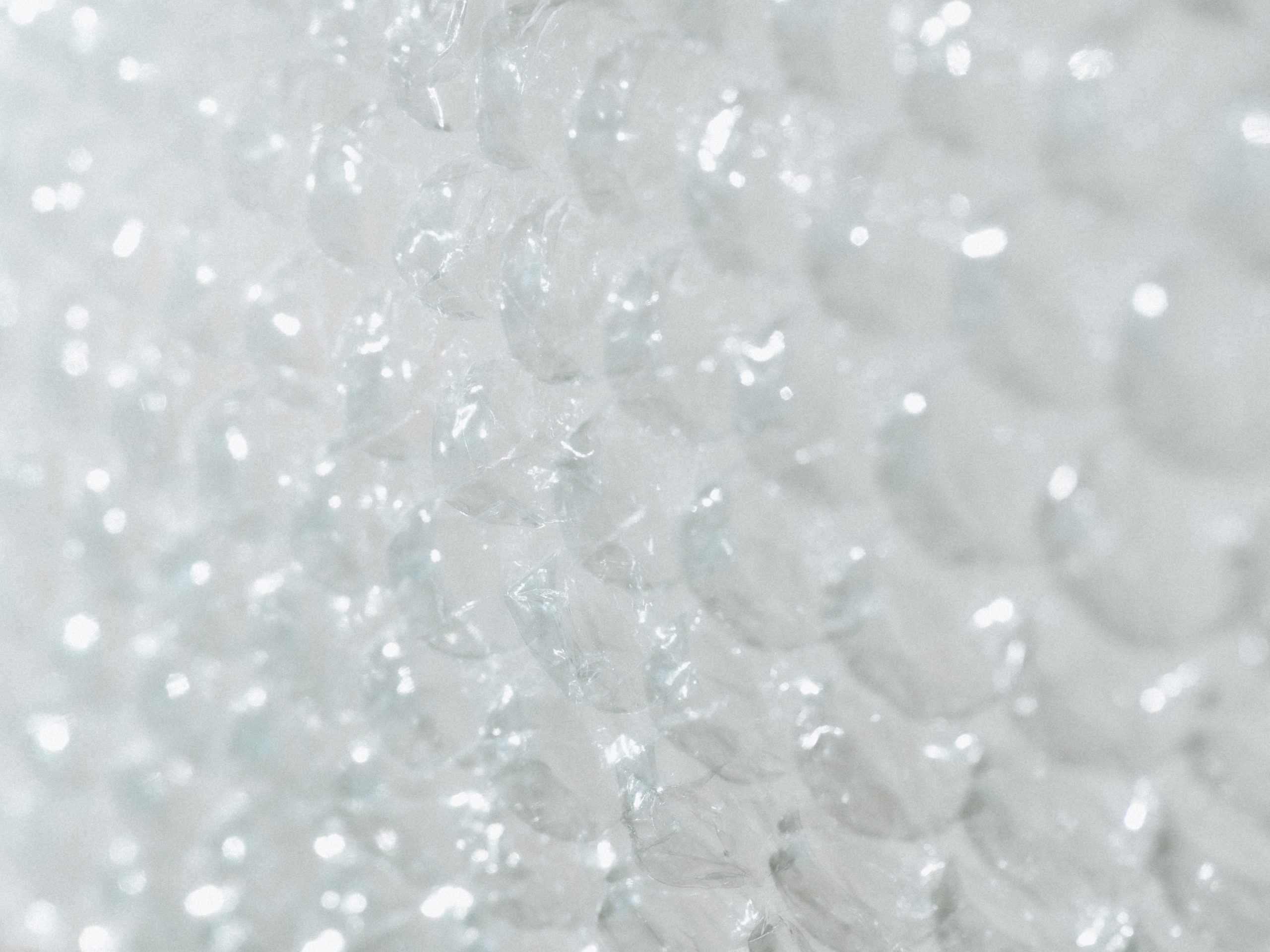
In 1957, two engineers named Alfred Fielding and Marc Chavannes were trying to make a fancy new wallpaper. They were experimenting in a garage in Hawthrone, New Jersey when the invented a plastic-backed 3D wallpaper, which they hoped would become the latest in fashion. However, when the product was a flop, they remarketed it as bubble wrap, a perfect packaging material.
Microwave oven
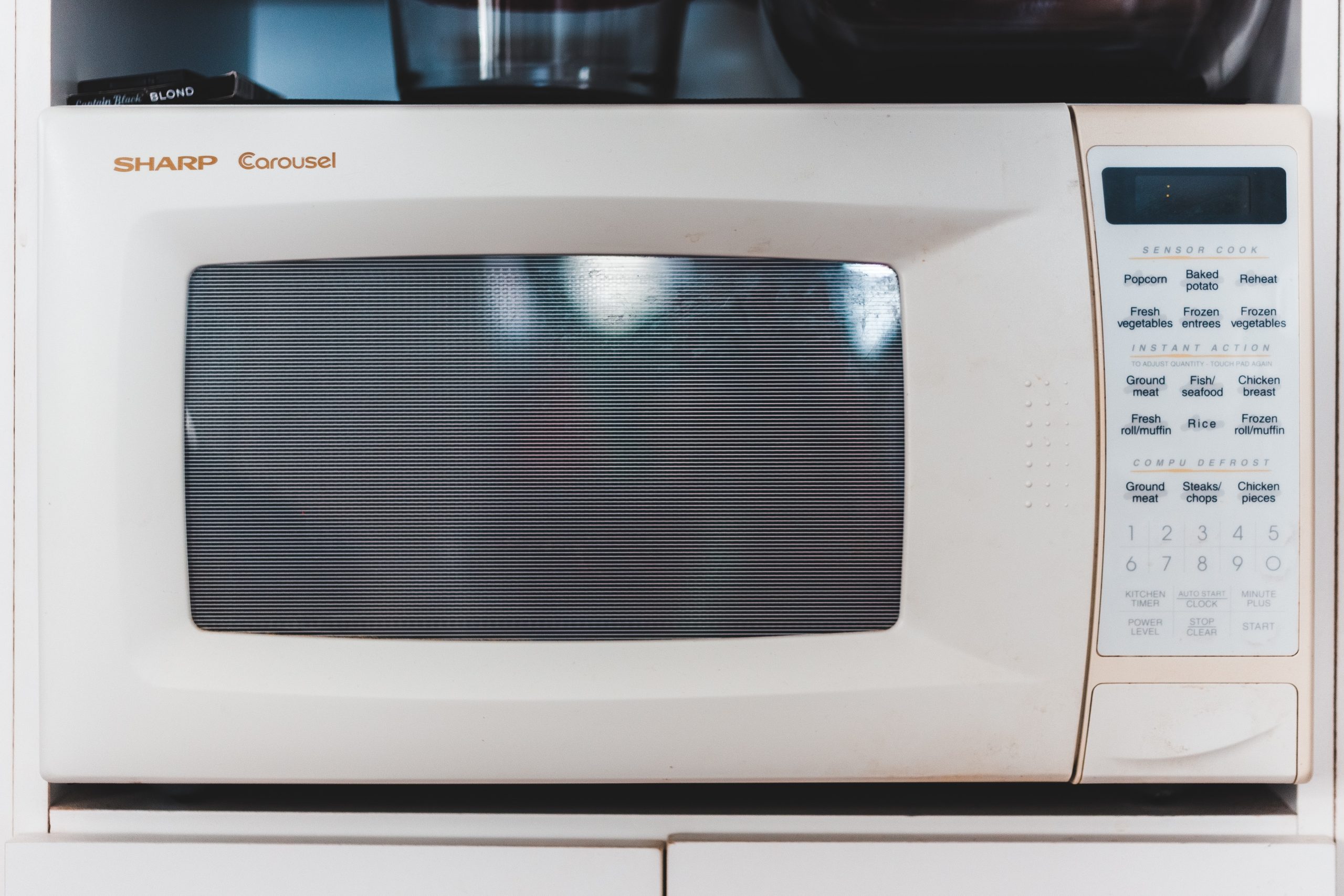
A self-taught engineer named Perry Spencer was the father of the microwave oven. In 1946, he was testing a magnetron when he realised it had melted his chocolate bar, which lay nearby. He then designed the first ever microwave oven, named ‘Radarange’, which he built from wartime radar technology.
The x-ray
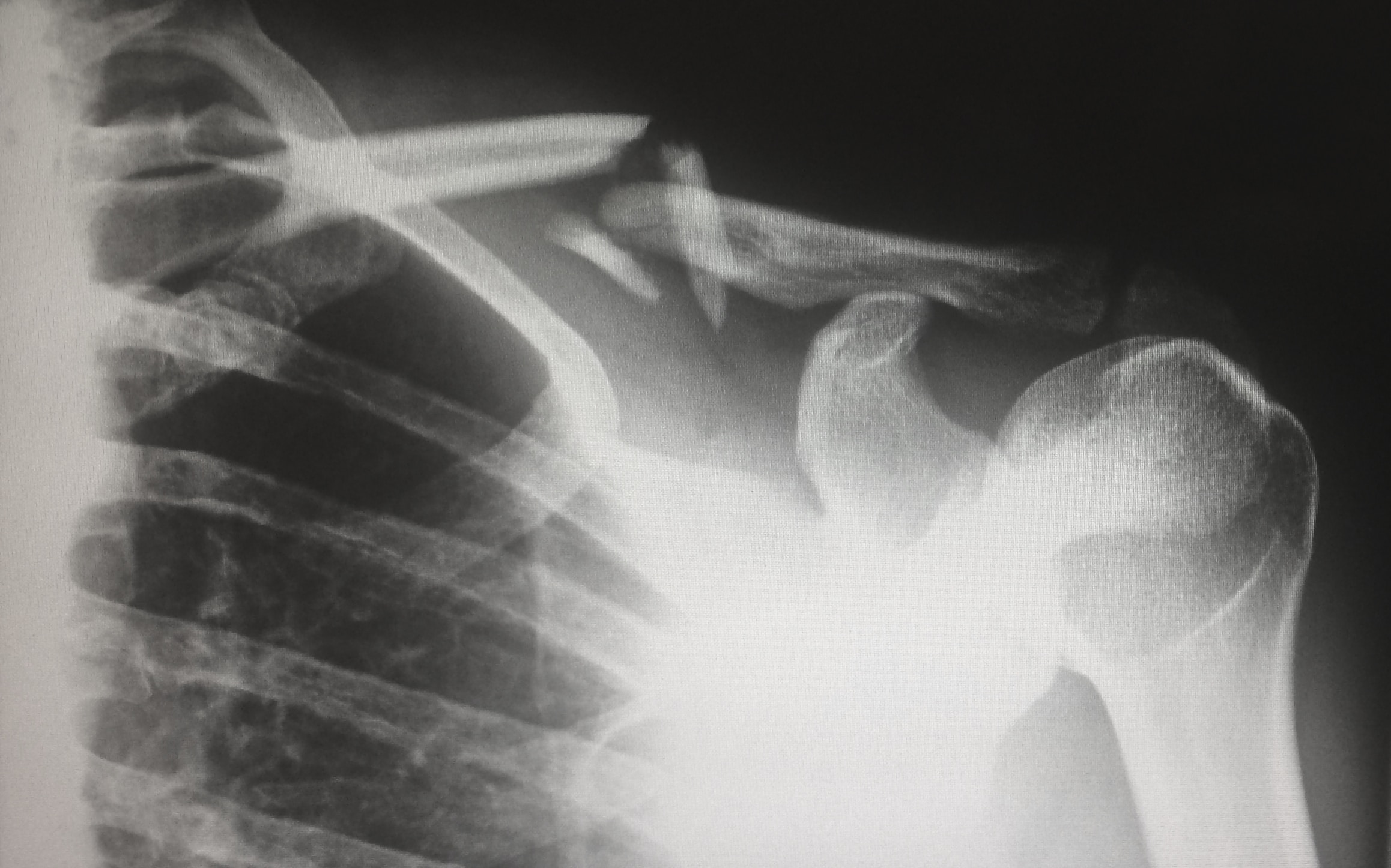
It was an 1895 experiment with Lenard and Crookes tubes that helped the German professor Wilhelm Rontgen to discover x-rays. He was trying to work out whether cathode rays could pass through glass, but during tests, he noticed a strange glow on a chemical-coated screen nearby. He called these newly-discovered rays x-rays because they were a total mystery in the world of radiation.
Penicillin
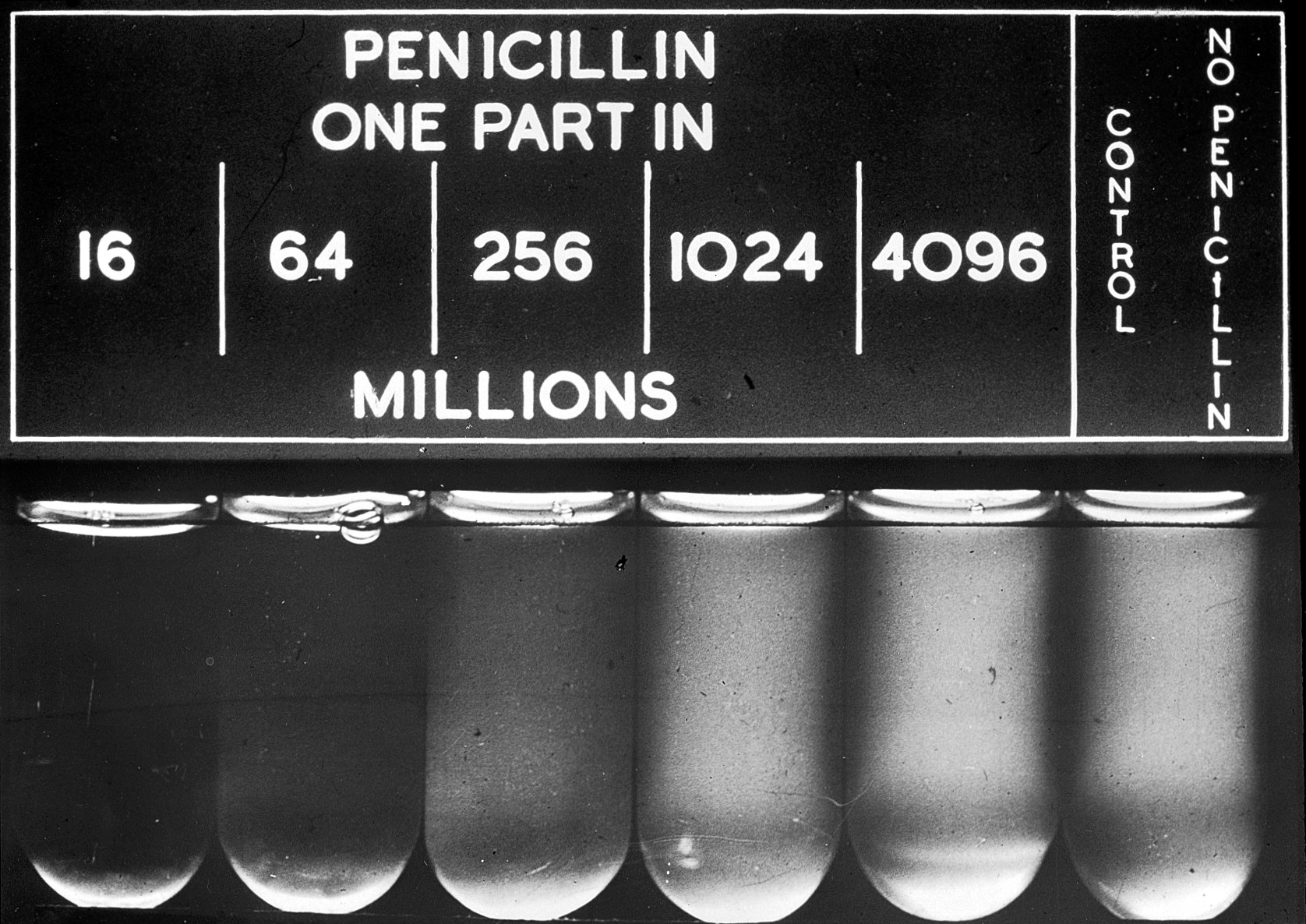
Dr Alexander Fleming, a Scottish physician and microbiologist, was busy studying the bacteria staphylococcus aureus in the 1920s, but he needed a break. After returning from a family holiday in Suffolk, he found that one of his culture plates was infected with a strange fungus that had killed off the surrounding bacteria. The fungus, a type of Penicillium, was producing the molecule Penicillin that Fleming would soon develop into a life-saving antibiotic.
Smoke detectors

Smoke detectors were first invented by the Swiss physicist Walter Jaeger in the 1930s. He was trying to build a sensor that would detect the presence of poisonous gases – but when he started smoking a cigarette during his experiments, he discovered that his prototype device picked up on all smoke particles.
Implantable pacemaker
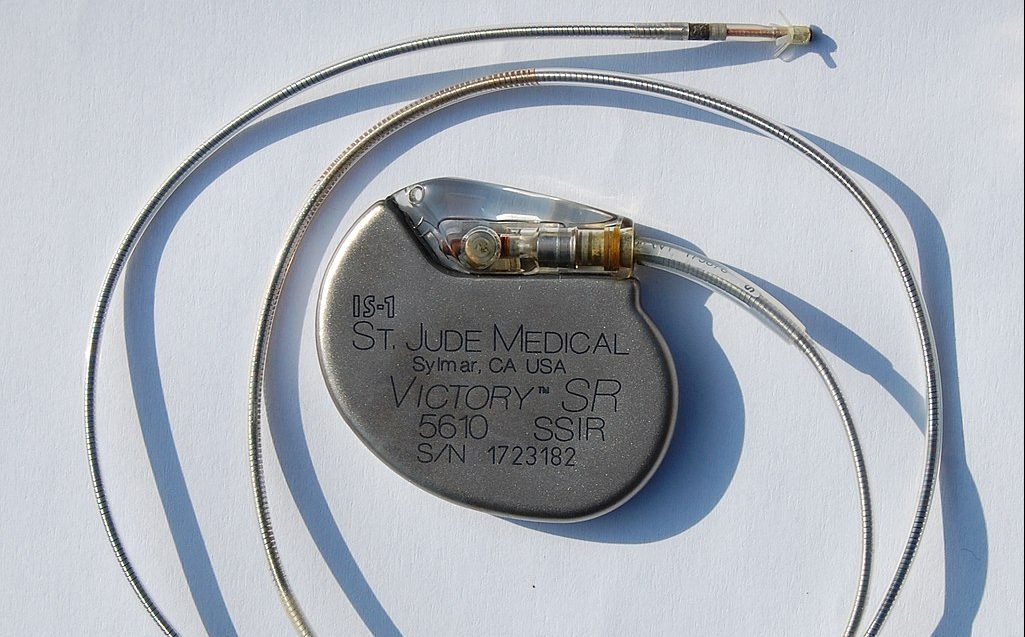
In 1956, the American engineer Wilson Greatbatch was running experiments with an oscilloscope, an electronic test instrument that shows voltage over time. By modifying an oscilloscope with the wrong type of resistor, he found that his half-built tool could control a person’s heartbeat. He turned his discovery into an implantable artificial pacemaker that has saved countless lives.
Tea bag
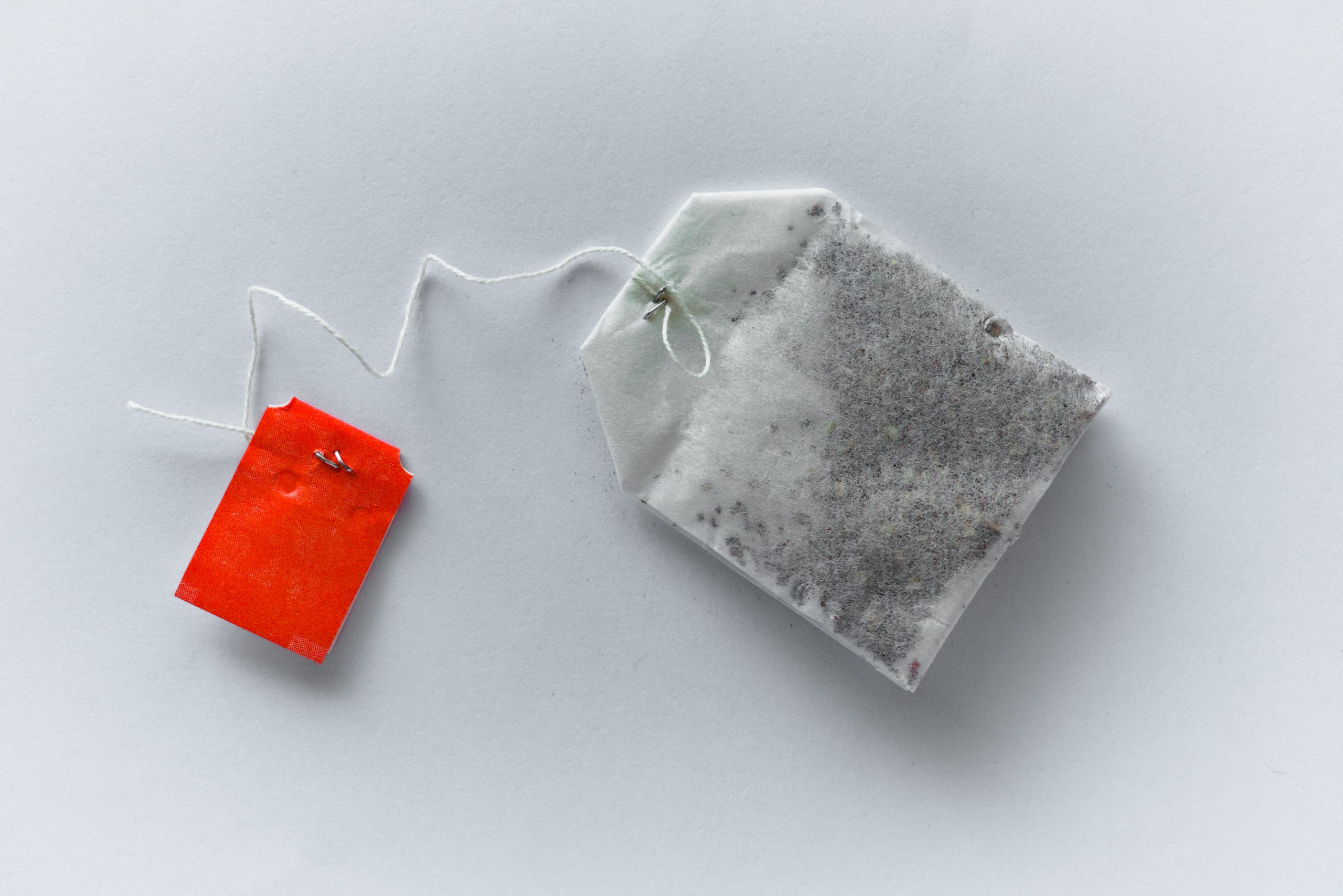
Despite tea’s historic connections with East and South Asia as well as the United Kingdom, it was in the United States that the humble tea bag first took form. In 1908, a merchant from New York named Thomas Sullivan sold tea samples in small silk bags, and according to legend, his customers thought the whole bag was meant to be plunged into hot water.
LSD

The Swiss chemist Albert Hofmann was studying the plant Squill and the fungus Ergot in the 1930s, hoping to find a new medicine. While playing around with the resulting chemicals, he accidentally invented – and later absorbed – LSD, a powerful psychedelic drug. On one occasion, he ingested the drug before attempting to cycle home.
Saccharin

The year was 1879, and the Russian chemist Constantin Fahlberg was experimenting with coal tar derivatives at John Hopkins University. In a move that would be condemned by lab workers today, Fahlberg licked his hand after one such experiment and noticed that it tasted sweet. He had discovered saccharin, which he then marketed as an artificial sweetener.
Bubble gum

It was not a chef or chemist who created bubble gum, but an accountant working for a chewing gum company. Walter Diemer tested out a new recipe for work, and found that the resulting gum was very stretchy compared to regular chewing gum. “It was an accident,” he later noted. “I was doing something else and ended up with something with bubbles.”
Cellophane
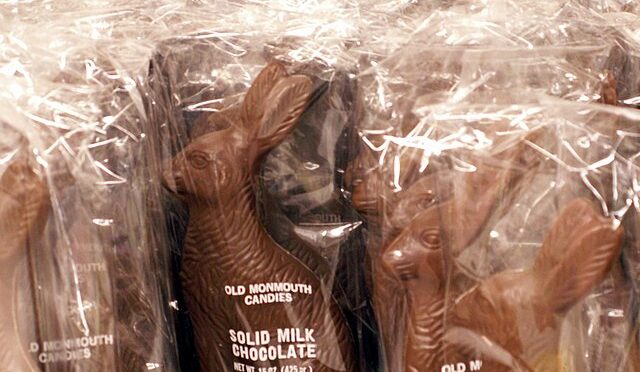
Another Swiss chemist is responsible for this invention. Jacques E. Brandenberger was attempting to make a water-repellent cloth, after seeing wine stain a tablecloth in a restaurant. He experiments with viscose led him to invent cellophane, a thin film containing glycerin for softness. It took him a decade to create the final product.
Jacuzzi

The seven Jacuzzi brothers were Italian immigrants, trying to make their name with a new invention in the USA. Candido Jacuzzi invented the hydrotherapy pump, to help care for his son who was unwell with rheumatoid arthritis. The brothers realised that the pump, placed in a bathtub, could be relaxing as well as therapeutic, and so they invented their classic whirlpool bath.
Champagne

Though Champagne wine is now world-famous, it originated from a feature that was considered a major flaw. French sparkling wine was called ‘the devil’s wine’ because it popped and burst bottles unexpectedly. The sparkling wine is now such a delicacy and valuable export that the right to the name Champagne is restricted to France’s Champagne region alone.
Teflon
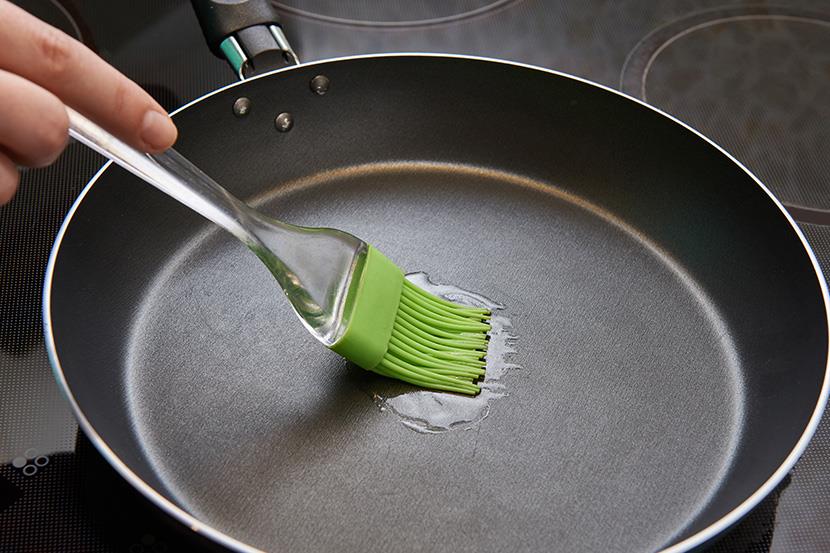
The American chemist Roy Plunkett was hoping to invent a new refrigerant by experimenting with chlorofluorocarbons in the 1930s. Instead, he watched gas vanish in a pressure bottle and cut it open to discover a white waxy substance. He called the new chemical Polytetrafluoroethylene, or Teflon, and it entered widespread use as a non-stick coating for kitchenware.
Antabuse
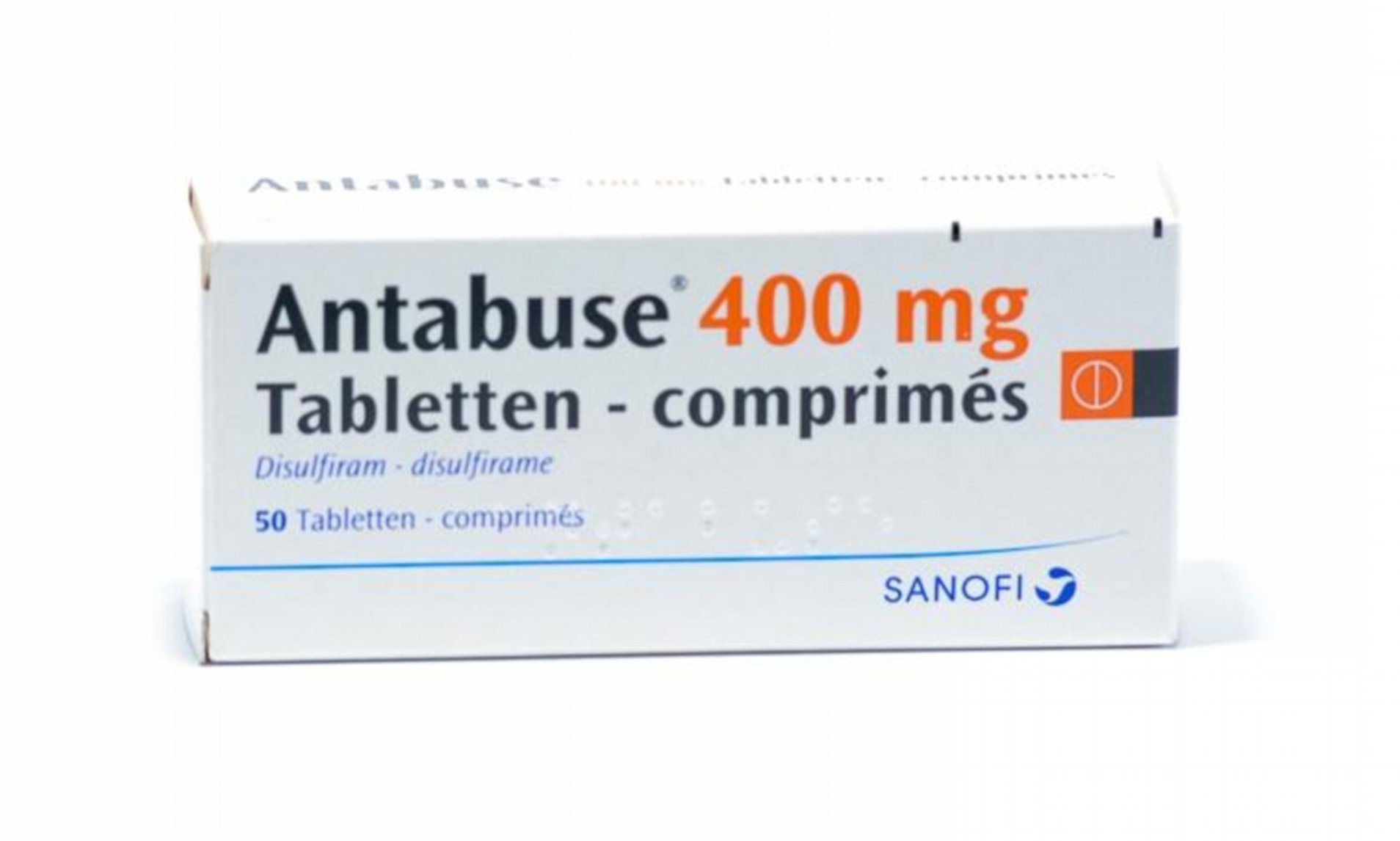
Disulfiram, better known by the trade name ‘Antabuse’, is an unusual medicine used to treat alcoholism. It creates in patients a new sensitivity to alcohol, giving them the immediate sensation of a hangover whenever they consume alcoholic drinks. Its medical properties were discovered in 1937, when a physician noticed that workers handling disulfiram as part of the rubber industry became sick after drinking.
Mauveine
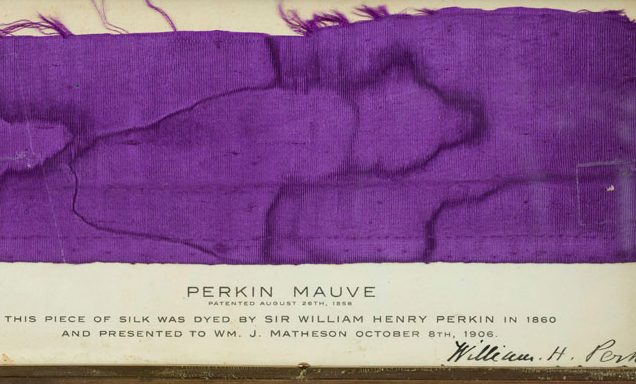
One of the youngest inventors on this list, William Henry Perkin, a British chemist, was only 18 when he discovered mauveine in 1856. Tasked by his professor to synthesise the malaria drug quinine, Perkin combined aniline with potassium dichromate and oxygen, and failed to make any quinine out of the mixture. However, he found a purple debris in his failed efforts, from which he made mauveine, one of the earliest synthetic dyes.
WD-40
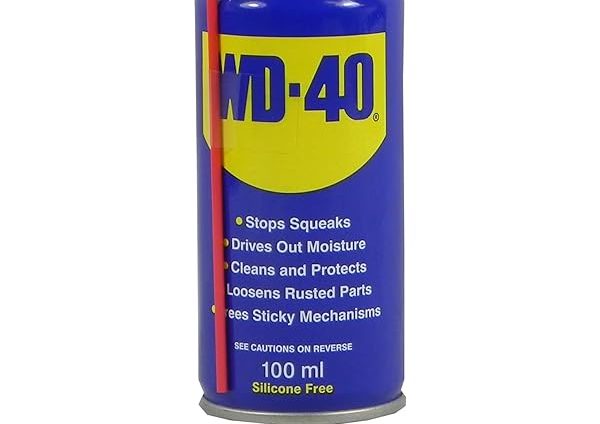
WD-40 stands for ‘Water Displacement, 40th Formula’. It was invented in 1953 by the Rocket Chemical Company, and was created and originally used as a rust-preventing solvent on rockets. But the chemical was so handy for everyday appliances that the aerospace contract workers started taking it home with them. Eventually the company sold it in aerosol cans and rebranded itself as the WD-40 Company.
White Zinfandel

A relatively new invention in the world of alcoholic beverages, White Zinfandel is a rosé wine created by Bob Trinchero in 1975. From his family farm in Napa Valley, he tried to make a dry white wine but accidentally continued the process after the wine had finished fermenting. Rather than blending in his mistake as most winemakers do, he decided to sell his newfound concoction and ended up making a best-selling American wine.
Airbag sensors
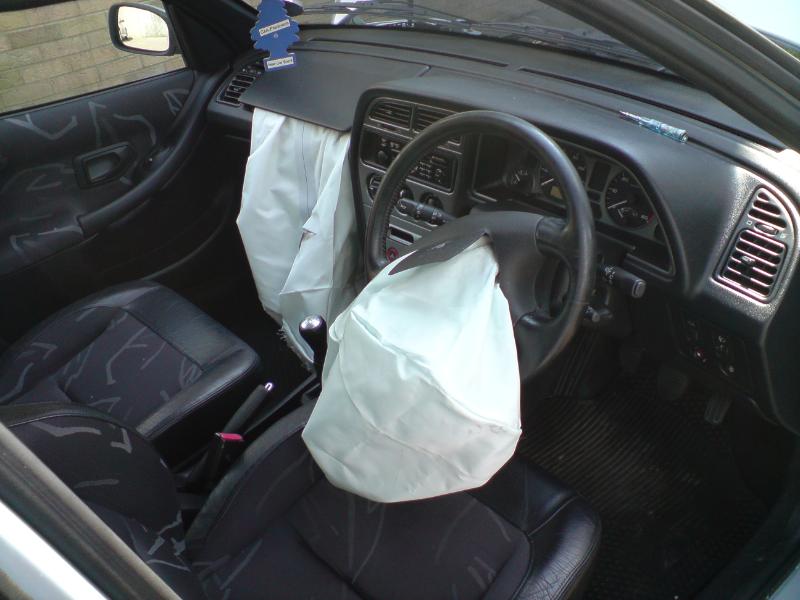
The magician duo Penn and Teller turned heads with their Magic Chair, which was secretly invented by the MIT media lab and allowed the seated person to trigger sensors and play music. One audience member, however, was an electronics expert who saw that the technology could be used to save lives. This chance meeting led to the invention of airbag sensors, which stop airbags from accidentally killing children.
Bakelite
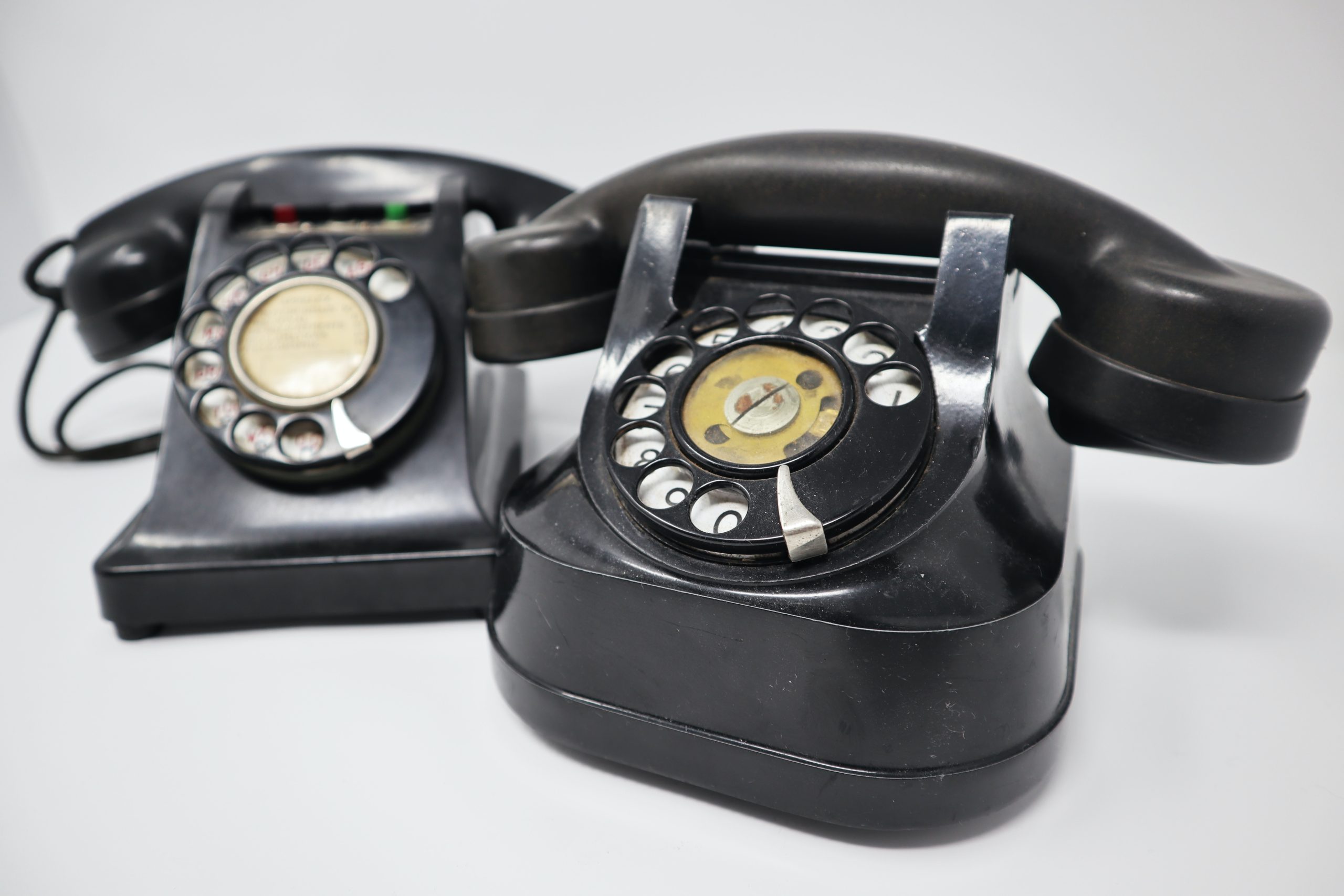
Bakelite was the first-ever plastic to be created from synthetic components, and it was a hugely popular material throughout the 20th century, used in toys, electronics casings, kitchenware and guns. It was invented by accident by the Belgian chemist Leo Baekeland, who was originally trying to find a replacement for shellac, a natural resin used to reinforce and protect surfaces.
Stainless steel
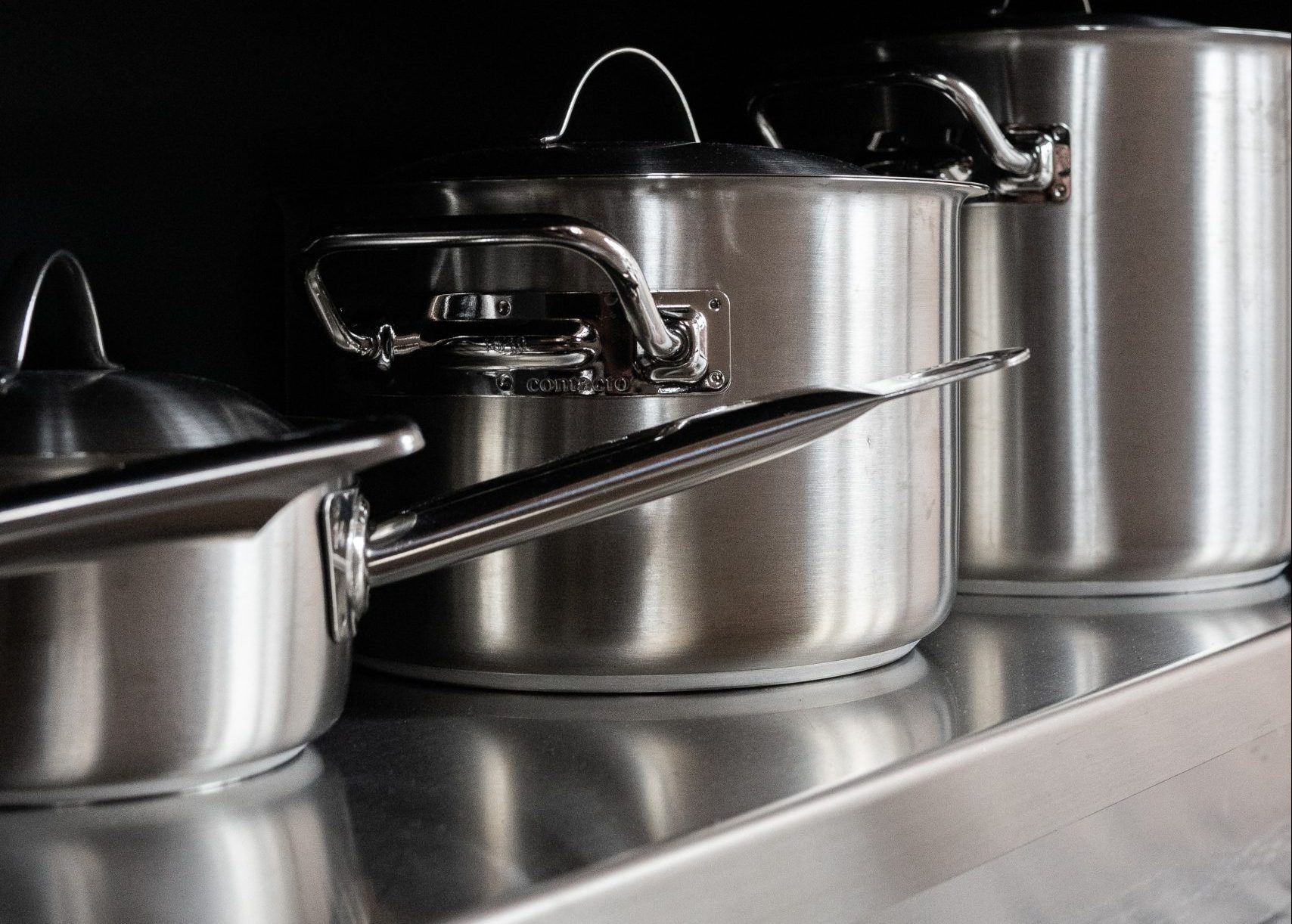
The English metallurgist Harry Brearley set out to make a corrosion-resistant alloy for guns in 1912, but accidentally made something of a wonder-material: stainless steel, technically known as martensitic stainless steel alloy, or AISI type 420. It was first sold to the British public under the name Staybrite and was used in kitchenware and utensils.